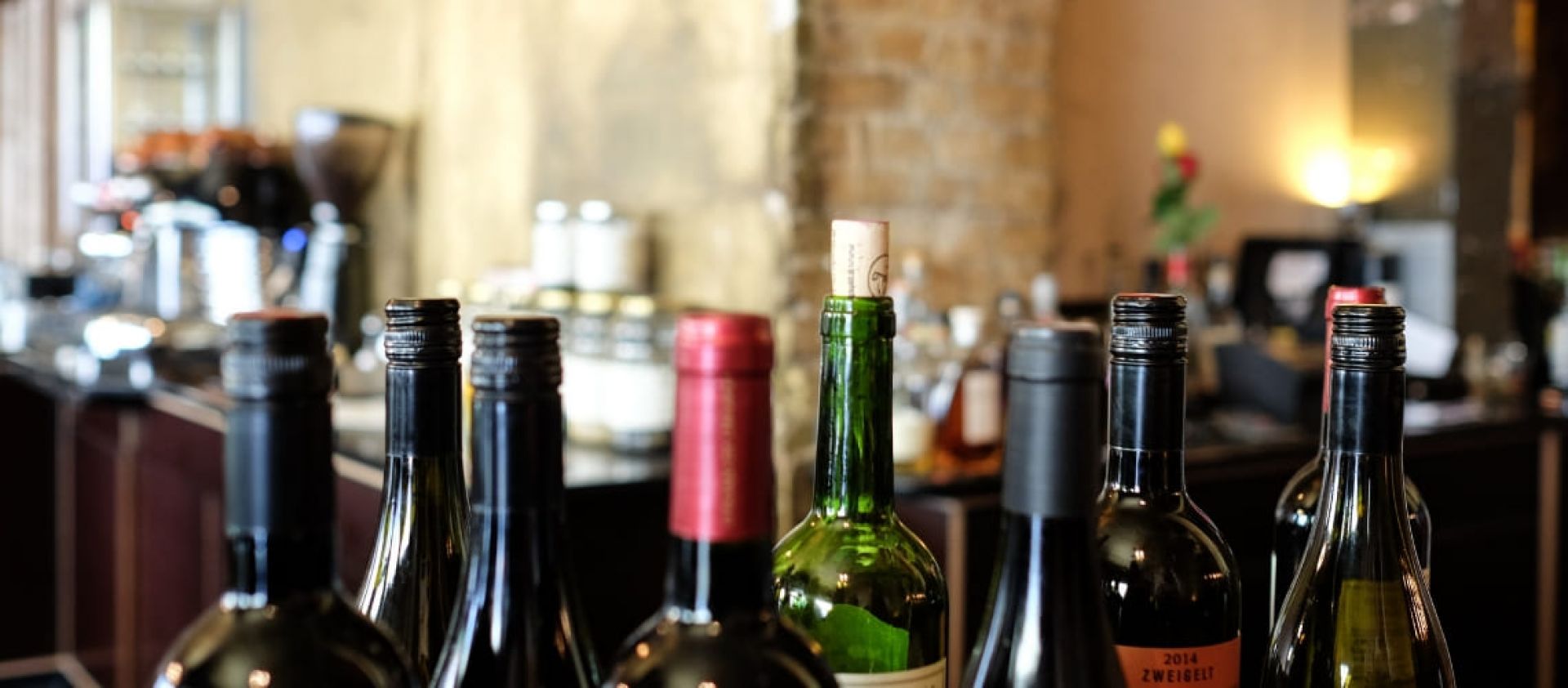
Insights
What’s the Best Way to Gain Traction in the US Market?
The key to achieving scale is having the combination of a good-quality product, good-quality packaging, and a good story.
There are a number of ways that foreign wine brands can attempt to gain traction in the hyper-competitive U.S. market - they can hire a dedicated brand ambassador to tell their story to distributors and retailers, they can hire a promotional agency to drive word-of-mouth about their product in the marketplace, or they can try to leverage success in their home market - such as local press coverage - to get an “in” with distributors and importers.
Ultimately, says Giacomo Turone, a VP with the wine and spirits importer Palm Bay International, foreign press is a good first step, but nobody is going to buy your wine based on press alone. You need to have a high-quality product. But showing evidence that your winery is press-savvy helps, of course. And, if the owners of the foreign wine brand have good enough English-language skills, it may be possible to replicate that same success with the U.S. media. He’s more sceptical, though, about attempts to use a brand ambassador to gain traction in the U.S. market. He sees that as more of a move that an established wine brand would take, not as one for a brand just starting out in the marketplace. Ultimately, it comes down to an issue of cost. If you’re hiring a brand ambassador to travel the country, coast to coast, you’re going to rack up a lot of expenses. And it may not end up being worth it. It’s better and more relevant to have high-level people behind the brand in the home country that can get behind the brand-building efforts, rather than hiring a dedicated individual for the task.
 Scott Ades, CEO of The Winebow Group, agrees. He says that you can easily pay out $150,000 or more for a brand ambassador over a 12-month period, and those expenses would be better spent on building the core brand in other ways. One suggestion he has is for fledgeling wine brands to have someone from their winery come to New York City (or other U.S. city) for a short time, learn the business, and try to establish the brand.
Scott Ades, CEO of The Winebow Group, agrees. He says that you can easily pay out $150,000 or more for a brand ambassador over a 12-month period, and those expenses would be better spent on building the core brand in other ways. One suggestion he has is for fledgeling wine brands to have someone from their winery come to New York City (or other U.S. city) for a short time, learn the business, and try to establish the brand.
That’s a more reasonable cost for an unknown brand, and one that can actually help the wine create greater scale in the U.S. market. Ades says that the key to achieving scale is having the combination of a good-quality product, good-quality packaging, and a good story.
Instead of hiring a brand ambassador, it’s more important to leverage the resources of the importer or distributor to help you with telling the brand story. And that’s going to be easier if you have all 3 elements - the product, the packaging and the story – working together. Actually, says Ades, the packaging and story play a greater role than you might imagine. “It’s all about the story,” he says.
That’s because most wine consumers are still relatively uneducated about the product, so having a compelling packaging or story can help to break through the clutter and convince them to buy your product. The goal of having all three elements working together is to prove that your wine delivers value. And, according to Ades, “value” does not mean having the lowest price in the marketplace. Instead, he says, it means that your wine is a good buy for its specific price point.
Hear the answer to this question at 27:16 minutes
Become a USATT exhibitor and grow your distribution in the USA. Meet importers, distributors, retailers and press. Get exhibitor information here.


